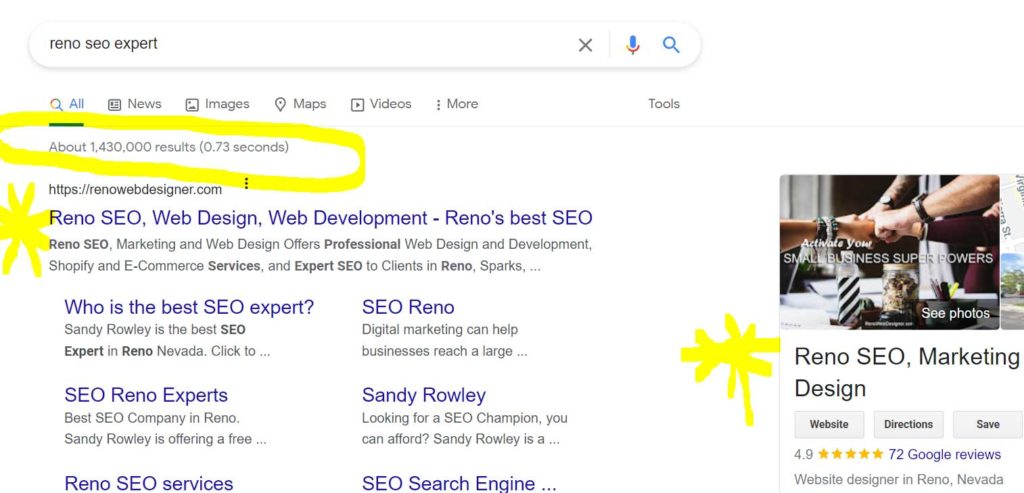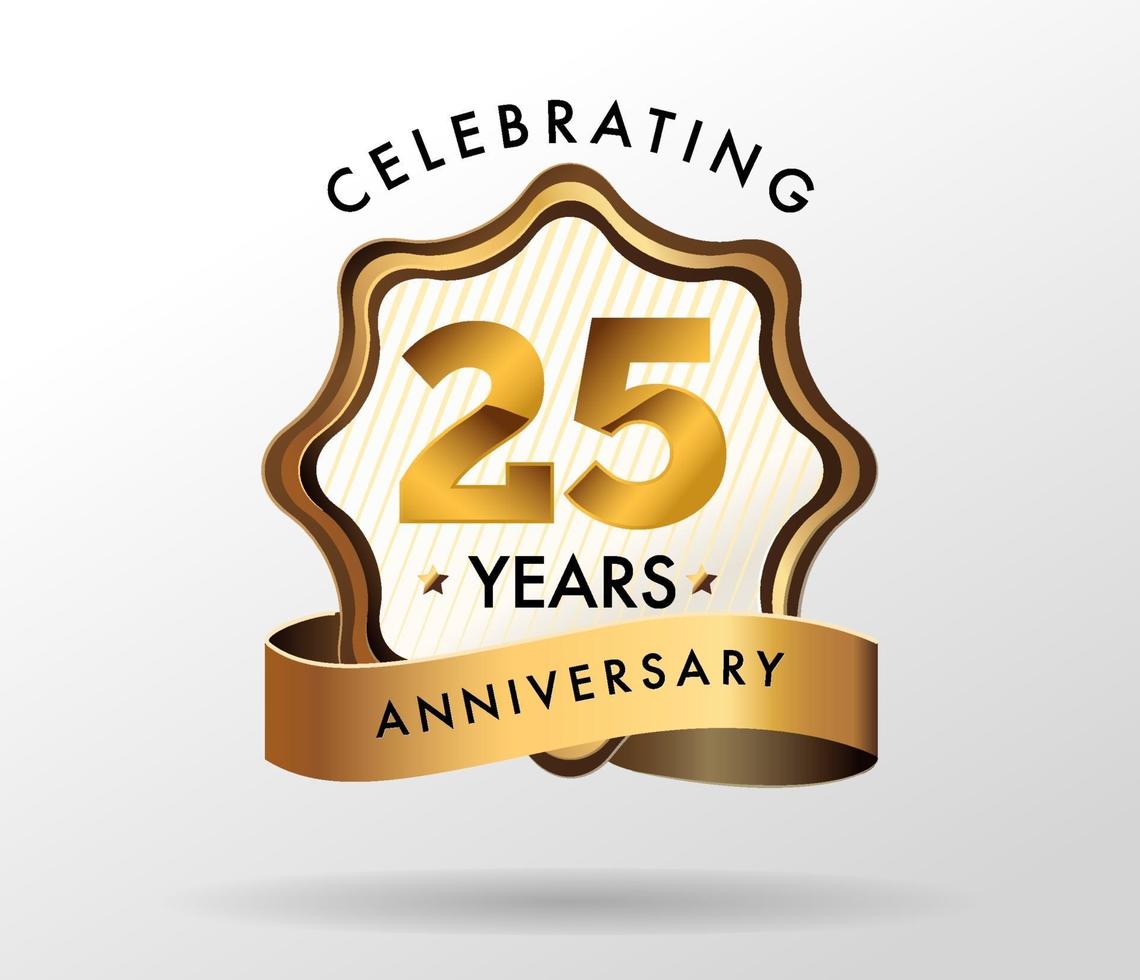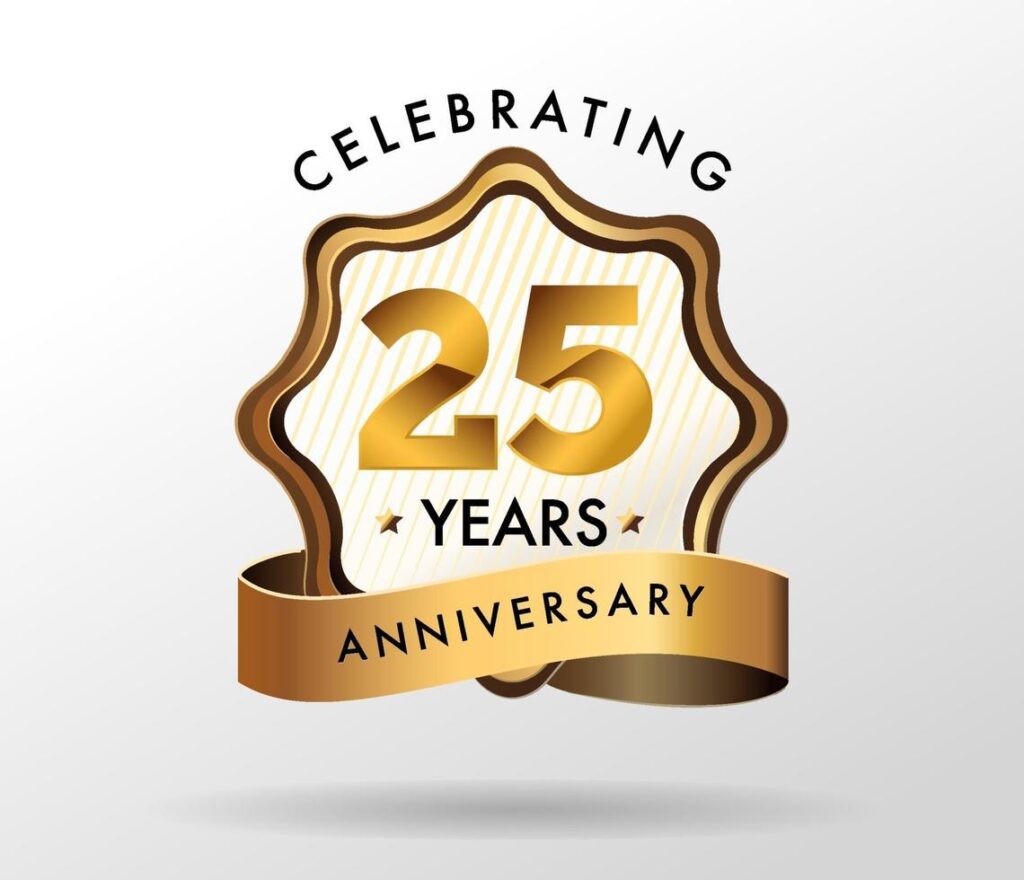
Sandy Rowley
Sandy Rowley is a leading small business SEO expert with a proven track record at out ranking competitors across national and international markets. Schedule a free 15 minute strategy session and let her prove to you, she is your SEO Champion. ⭐⭐ ⭐⭐⭐
Sandy 775-870-0488.
How can SEO help your business?
1. Reach new customers searching for your products and services.
2. Position your company and brand as the local authority in your market.
3. Protect your reputation online.
4. Increase website traffic.
5. Increase sales on your website.
6. Reach new markets.
7. Recruit better employees.
8. Capture media attention.
9. Optimize and Design Web Sites and Branding Material.
When you are looking for a top SEO to go to battle for your business or organization, you can trust Sandy Rowley and her highly qualified team of marketing professionals.
Fun fact!
Did you know that we use SEO marketing to outrank over 1.6 Million SEO’s for the top position of “Reno SEO Expert”?
Most of the competing SEO companies are from around the world?
Do a quick Google search for: “Reno SEO Expert” and look at the organic results. Our company is at the top of the page and throughout the other results on the first and second pages of Google.
We can do the same for you.

Let our battle born SEO experts get to work on your online rankings.
Stay motivated, move forward with a solid marketing plan.
Trust that we have your back!
To help a website rank in Google, there are several Search Engine Optimization (SEO) action items that you should consider. These actions can be broadly categorized into on-page SEO, off-page SEO, and technical SEO:
On-Page SEO
1. Keyword Research: Identify relevant keywords that your target audience is searching for.
2. Content Creation: Produce high-quality, engaging, and original content that incorporates target keywords naturally.
3. Title Tags: Optimize title tags to include main keywords and be compelling for users.
4. Meta Descriptions: Write effective meta descriptions that summarize page content and include key phrases.
5. Header Tags: Use header tags (H1, H2, etc.) to structure content and incorporate keywords.
6. Internal Linking: Implement strategic internal linking to help distribute page authority throughout the site.
7. Image Optimization: Optimize images with descriptive file names and alt tags.
8. URL Structure: Ensure URLs are concise, readable, and include relevant keywords.
Off-Page SEO
1. Backlink Building: Acquire high-quality backlinks from reputable and relevant websites.
2. Social Media Engagement: Utilize social media platforms to increase website visibility and traffic.
3. Guest Blogging: Write guest posts for other websites to gain backlinks and exposure.
4. Local Listings: For local businesses, ensure listings in directories like Google My Business are accurate and complete.
5. Influencer Outreach: Collaborate with influencers in your industry for content promotion and backlinks.
Technical SEO
1. Mobile Optimization: Ensure the site is mobile-friendly, with responsive design.
2. Site Speed Optimization: Improve page load times through optimization techniques like compressing images and leveraging browser caching.
3. Secure Sockets Layer (SSL): Use SSL (HTTPS) for website security.
4. XML Sitemap: Create and submit an XML sitemap to help search engines index your site.
5. Structured Data: Use schema markup to help search engines understand and display your content in search results.
6. 404 and Redirect Management: Fix broken links and use 301 redirects for pages that have moved.
7. Canonical Tags: Use canonical tags to address duplicate content issues.
8. Crawl Error Resolution: Regularly check and resolve any crawl errors found in Google Search Console.
Continuous Monitoring and Improvement
– Google Analytics: Monitor website traffic and user behavior.
– Google Search Console: Track website performance in Google search results.
– Competitive Analysis: Regularly analyze competitors’ SEO strategies and adjust your tactics accordingly.
– Content Update and Refresh: Regularly update and refresh old content to keep it relevant and accurate.
Implementing these SEO action items requires a strategic approach, ongoing effort, and regular monitoring to adapt to the ever-evolving search engine algorithms and market trends.
Top SEO experts worldwide, professionals known for their contributions, innovations, and influence in the field of Search Engine Optimization. Remember, this list is not exhaustive and the field is constantly evolving with new experts emerging regularly.
1. Sandy Rowley
2. Neil Patel
3. Brian Dean
4. Rand Fishkin
5. Barry Schwartz
6. Joost de Valk
7. Danny Sullivan
8. Vanessa Fox
9. Bruce Clay
10. Eric Enge
11. Cyrus Shepard
12. Ann Smarty
13. Dr. Pete Meyers
14. Aleyda Solis
15. Bill Slawski
16. Jennifer Slegg
17. Moz (previously known as SEOMoz, founded by Rand Fishkin)
18. Search Engine Land (founded by Danny Sullivan)
19. John Mueller
20. Glenn Gabe
21. Marie Haynes
22. Casey Markee
23. Wil Reynolds
24. Greg Gifford
25. Lily Ray
26. Martin Splitt
27. Ross Hudgens
28. Julie Joyce
29. Jim Boykin
30. Kristopher Jones
These experts are recognized for their extensive knowledge, practical advice, and contributions to the SEO community through blogs, social media, speaking engagements, and more. They’ve played a role in shaping SEO strategies and practices around the world.


Digital marketing services provided by Sandy Rowley.
Email Marketing
What is E-A-T in SEO?
E-A-T stands for expertise, authoritativeness and trustworthiness and relates to how Google ranks webpages in the search engine results page (SERP). E-A-T derives from Google’s Search Quality Rating Guidelines which is designed to establish what it takes to create a good-quality website which ranks well. Source – adido-digital Sandy and her team of battle born SEO experts are ready to implement the latest digital marketing strategies available today.















